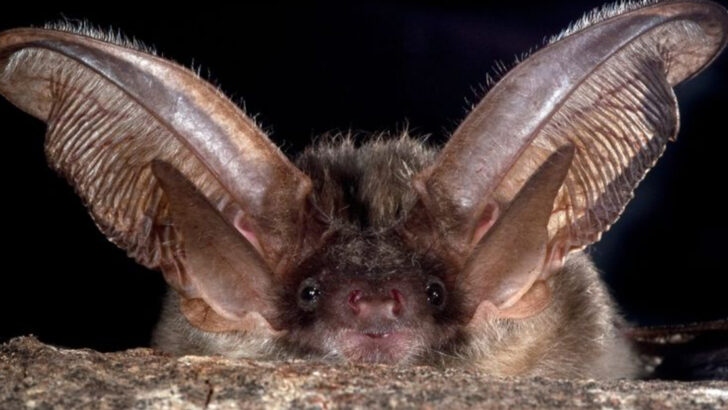Bats are moving back in—and they’re not asking for permission.
Once pushed to the edge by habitat loss, fear, and city lights, these winged night-shifters are quietly reclaiming their space right under our noses.
From the cracks in bridges to the rafters of old warehouses, they’re finding ways to thrive where no one expected. And while most people still picture bats as creepy cave dwellers, some of the most fascinating species are now flapping through urban skylines and backyard skies.
It’s wild. It’s a little eerie. And it’s happening in cities all across America.
These 12 bat species aren’t just surviving—they’re staging a comeback. And whether you love them, fear them, or barely notice them, their return is shaking things up in the best way.
Little Brown Bat
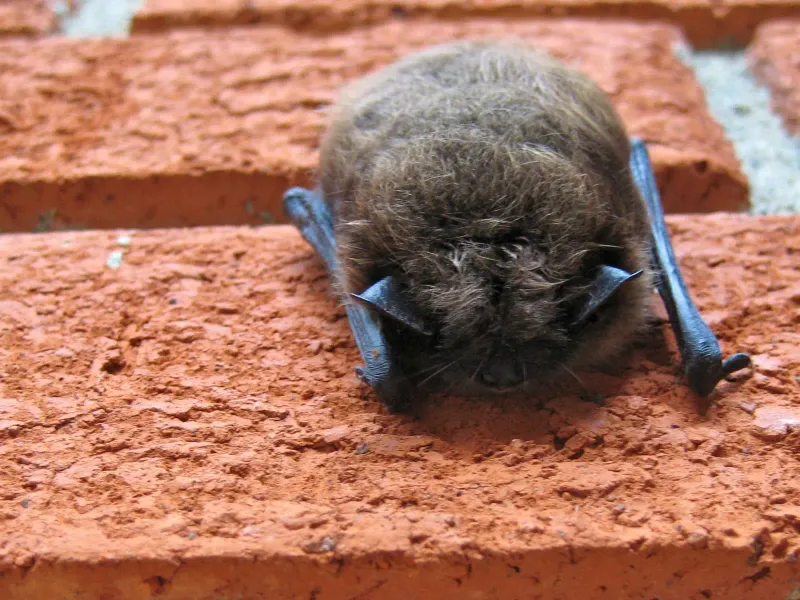
Is the Little Brown Bat making a comeback in your neighborhood? Known for its adaptability, this bat has found a niche in urban parks and gardens. With its acute echolocation abilities, it’s a master of insect control.
These bats play an essential role in maintaining the balance of urban ecosystems. Their presence in cities helps reduce pest populations, benefiting both humans and plants. Conservation efforts have helped their numbers rise, especially after a decline due to white-nose syndrome.
Curious about spotting one? Look for them at dusk, gracefully gliding through the air in search of insects.
Eastern Red Bat
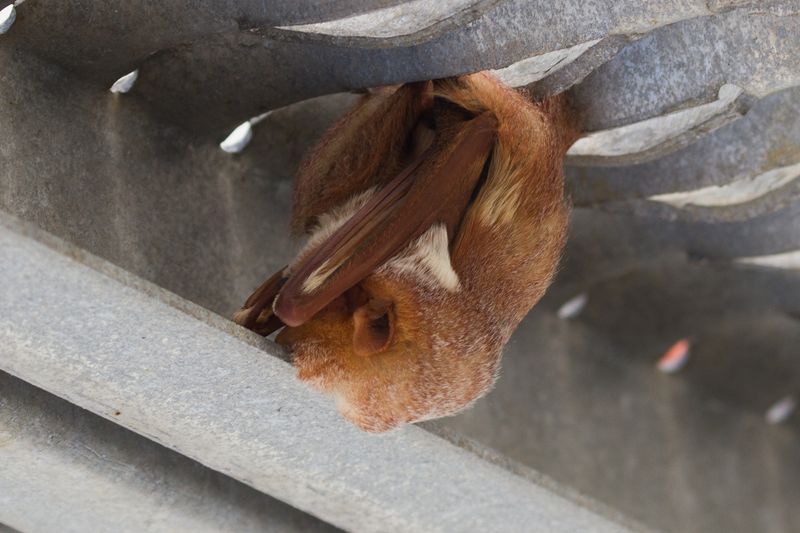
The Eastern Red Bat, cloaked in fur resembling autumn leaves, is a striking presence in city parks. This solitary creature roosts in trees, blending seamlessly with the foliage.
What’s remarkable about this bat is its migratory nature, often traveling long distances to find suitable habitats. Urban landscapes provide pockets of refuge amidst the concrete jungle. Their return to cities underscores the adaptability of wildlife amidst urban sprawl.
Next time you walk through a park, glance upwards—you might just spot one hanging quietly, enjoying the urban serenity.
Big Brown Bat
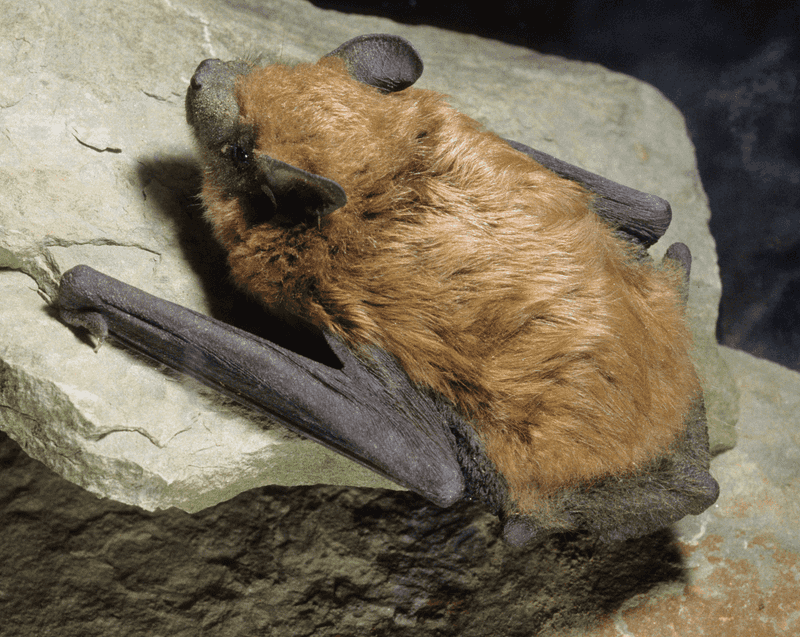
In the heart of the city, the Big Brown Bat thrives, effortlessly navigating the urban maze. Known for its robust body and large wings, this bat is an expert flyer, capable of covering great distances.
Their urban resurgence is a testament to their adaptability and the role they play in controlling insect populations. As night descends, these bats emerge from roosts in buildings and bridges, hunting insects that thrive in city environments.
Their presence is a reminder of the delicate balance between nature and urban life, where even the smallest creatures have a significant impact.
Hoary Bat
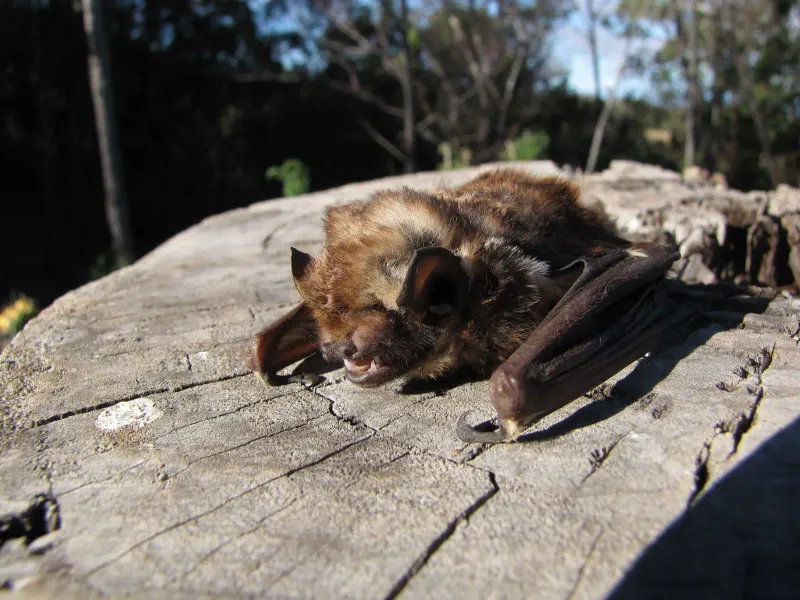
With fur that seems dusted with frost, the Hoary Bat cuts a striking figure in suburban gardens. Known for its solitary nature, this bat often roosts alone, preferring the quiet of trees.
Urban expansion has surprisingly provided new habitats, with gardens and parks offering ample space and food sources. These bats are nocturnal hunters, using their keen senses to locate prey in the dark.
Their unexpected return to urban areas highlights the changing dynamics of wildlife habitats, where adaptability becomes a key to survival in human-dominated landscapes.
Mexican Free-tailed Bat
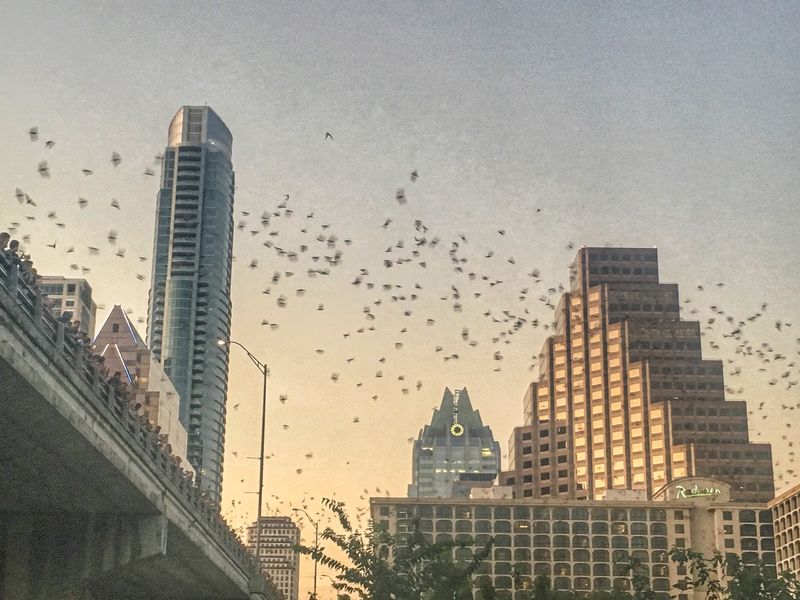
Known for its long, narrow wings, the Mexican Free-tailed Bat is a high-flyer, often seen soaring above city skyscrapers. These bats are famous for their speed and agility, covering vast distances during their nightly forays.
Urban areas provide shelter in the form of bridges and high-rise buildings, where these bats roost in large colonies. Their comeback is fueled by their ability to exploit urban structures for roosting.
Their nightly flights are a spectacular sight, offering a glimpse into the vibrant wildlife that thrives even amidst bustling city life.
Silver-haired Bat
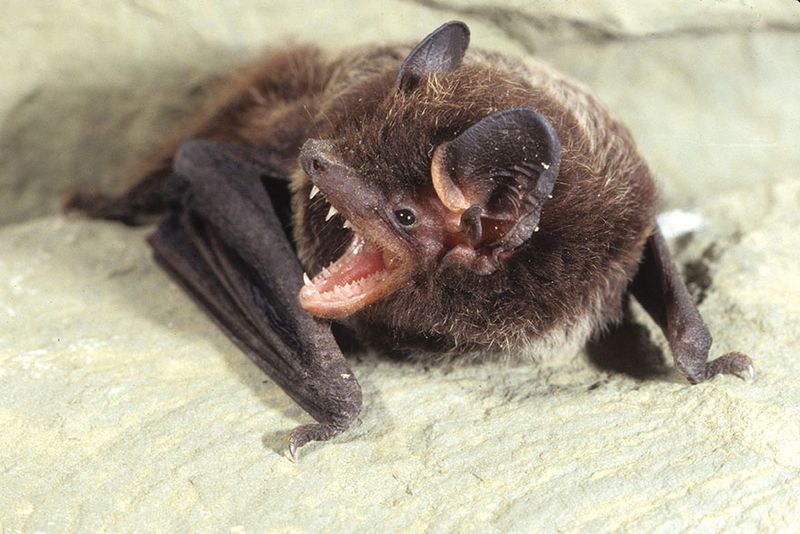
Glistening with a distinctive silvery sheen, the Silver-haired Bat is a rare gem in urban parks. These bats are mostly solitary, preferring to roost in tree cavities or under loose bark.
Their return to urban areas is a testament to their adaptability and the efforts of conservation programs aimed at protecting their habitats. As night falls, they embark on silent hunts, feeding on various insects.
Spotting one of these bats is a special treat, a reminder of the hidden wonders of nature nestled within our cities.
Tricolored Bat
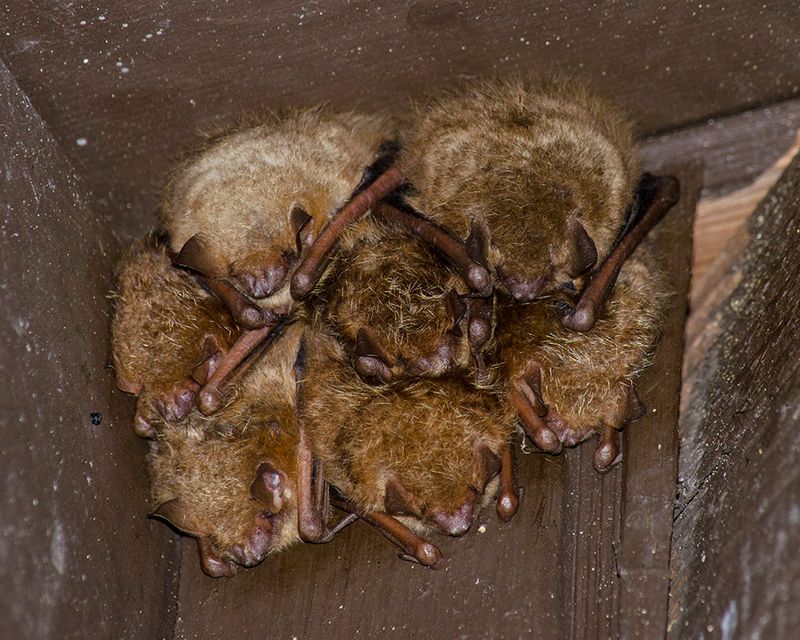
With its unique tricolored fur, the Tricolored Bat brings a touch of vibrancy to residential backyards. Once known as the Eastern Pipistrelle, this bat has adapted well to urban settings.
Their resurgence in cities is partly due to the abundance of insects and the availability of roosting sites. These bats are small but efficient hunters, contributing to urban pest management.
Their presence adds an element of surprise, as they flit among flowers and trees, reminding us of the diverse wildlife that can thrive in unexpected places.
Evening Bat
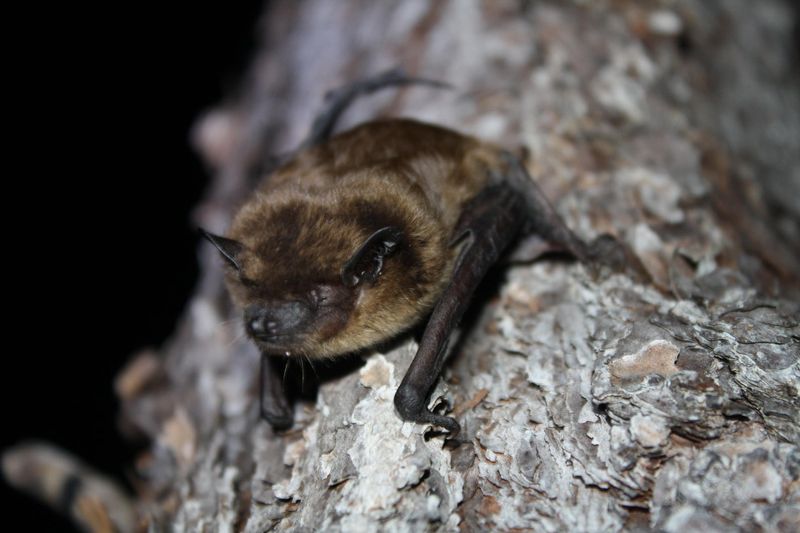
As daylight fades, the Evening Bat emerges, casting a silhouette against the twilight sky. Known for its social behavior, this bat often roosts in groups within buildings and tree cavities.
Their resurgence in urban areas is largely due to their adaptability and the suitable roosting sites provided by man-made structures. As they take to the skies, these bats play a vital role in controlling insect populations.
Their aerial displays at dusk are a captivating spectacle, a blend of nature and urban life coexisting in harmony.
Northern Long-eared Bat
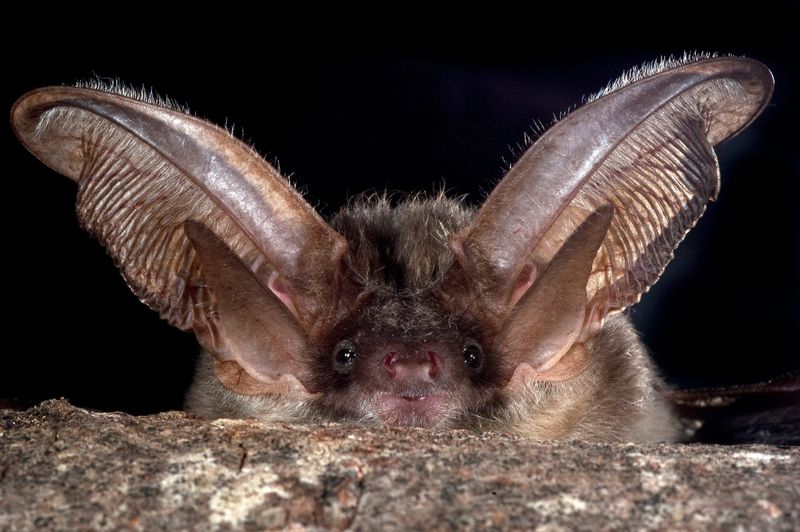
In the tranquil corners of city gardens, the Northern Long-eared Bat finds refuge. With its long ears and agile flight, this bat is an adept hunter of night-time insects.
Their return to urban environments is a positive sign of habitat restoration efforts. These bats are sensitive to disturbances, making their presence in cities an indicator of ecological health.
Look closely, and you might see them flitting through the shadows, a testament to the resilience of wildlife adapting to human-altered landscapes.
Indiana Bat
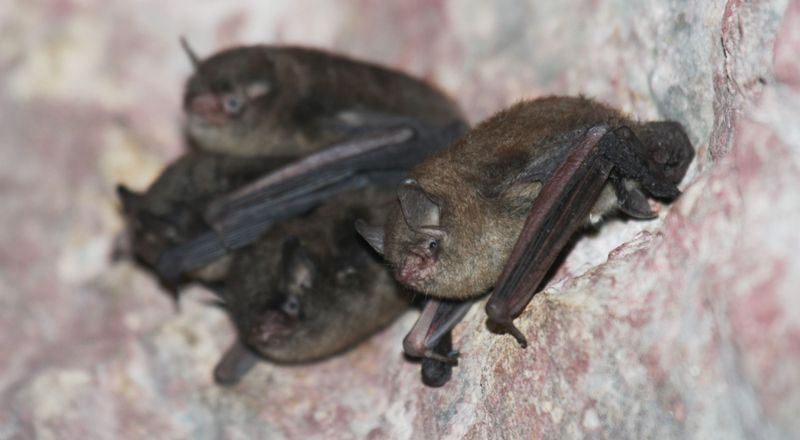
The Indiana Bat, with its understated beauty, finds a home along waterways in urban parks. These bats are social creatures, roosting in large colonies under loose bark or in tree cavities.
Once endangered, their urban comeback is a conservation success story, aided by protective measures and habitat restoration. They are crucial for insect control, consuming large quantities nightly.
Their presence near rivers and streams in cities highlights the importance of preserving natural water bodies, even within urban settings, for the survival of diverse species.
Rafinesque’s Big-eared Bat
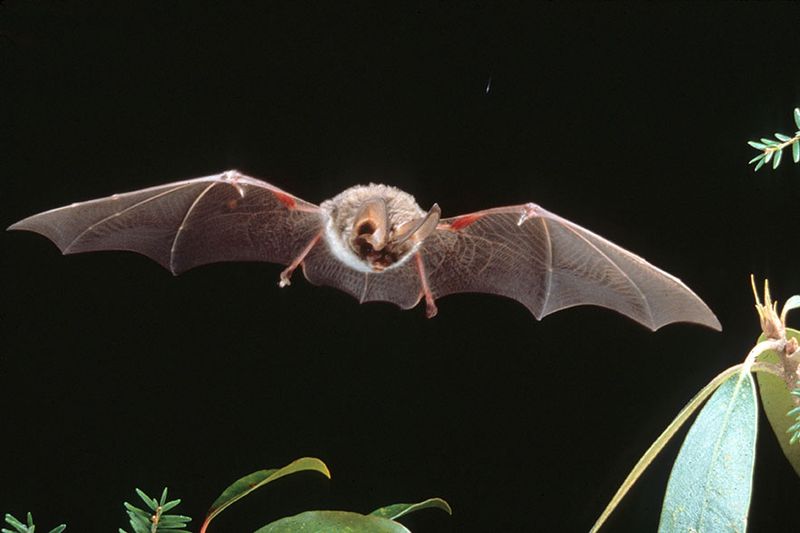
Distinguished by its large, rounded ears, Rafinesque’s Big-eared Bat is a unique resident of city parks and gardens. These bats are highly sensitive to their surroundings, preferring quiet, undisturbed areas to roost.
Their comeback in urban environments highlights the success of conservation efforts and the adaptability of wildlife. As dusk falls, they emerge to hunt insects, playing a key role in maintaining ecological balance.
Their presence is a delight for urban naturalists, offering a glimpse into the fascinating world of bats thriving amidst city life.
Seminole Bat
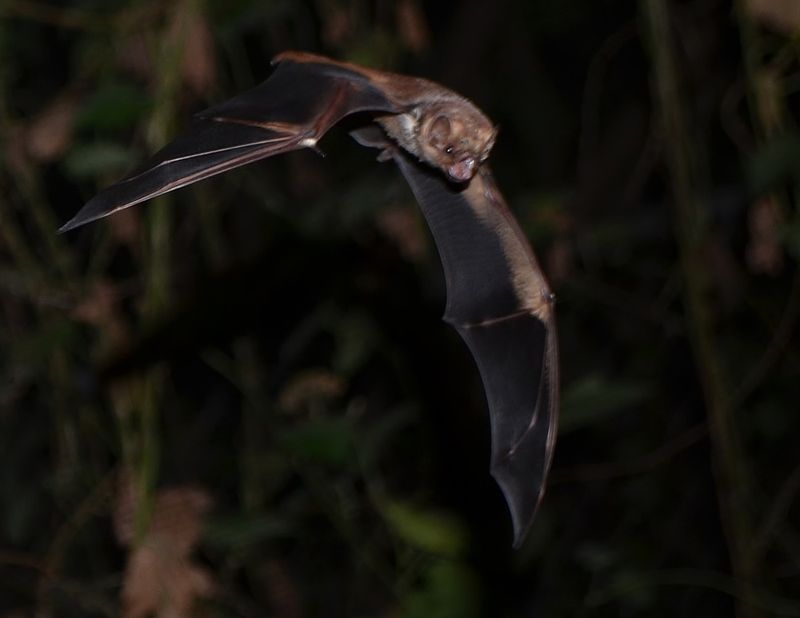
The Seminole Bat, with its rich mahogany fur, is a stunning sight against the dawn sky. Often found in city parks, these bats roost in foliage, camouflaged by their vibrant color.
Their urban resurgence is a testament to the adaptability of wildlife in dynamic environments. These bats contribute to pest control, feeding on a variety of insects.
As you stroll through a park in the early morning, keep an eye out for these elusive creatures, a reminder of the beauty and diversity present in urban nature.

